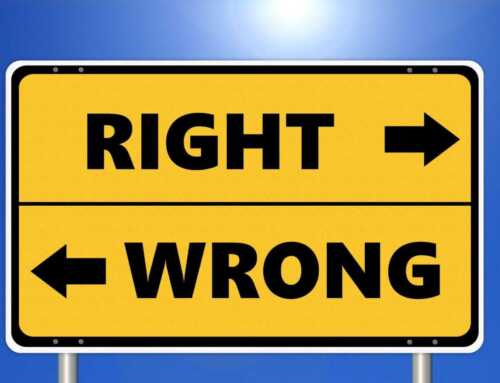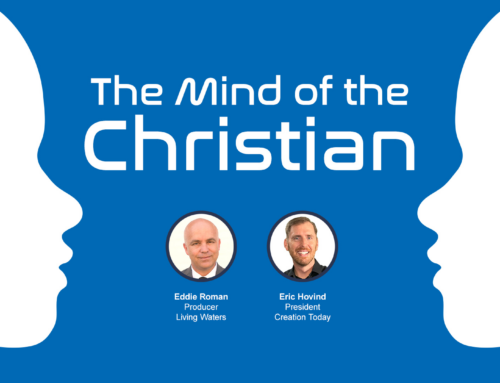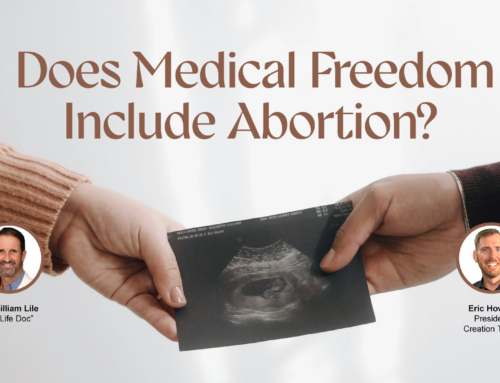What is the Big Bang Theory?
We would not normally consider it necessary to explain how a theory works that we don’t even believe in. However, there are a lot of misunderstandings about the Big Bang theory. This includes misunderstandings amongst fellow creationists, who therefore sometimes end up opposing ideas that the Big Bang theorists don’t even believe in. This article is therefore an attempt to understand a little of what the theory is about, and why, as creationists, we do not accept it. Please note that this is a beginner-level article. Many Big Bang theorists may therefore complain that I have simplified some concepts. However, I have only done so in the same way as a secular High School textbook writer might do.
How did it start?
The originators—George Lemaitre, a Belgium, struck on the basic idea in 1927; and George Gamow, R.A. Alpher, and R. Herman devised the basic Big Bang model in 1948. At first, the theory was not widely accepted by astrophysicists. It was not the only cosmological theory. Sir Fred Hoyle had a rival theory, called the Steady State theory, in which he claimed that new material must constantly be made in the universe to fill in the gaps, as the existing material expands. It was Hoyle who originally coined the term Big Bang, in a radio broadcast in 1949. He intended the term to be an insult, but it is now widely used by supporters of the theory.
The Big Bang Theory
According to the Big Bang theory, all matter and all space was originally part of an infinitesimally small point called the Singularity. The theory says nothing about where that singularity came from. It is assumed to have come about by a random quantum event.
This is what Brad Lemley said about quantum events.
To the average person it might seem obvious that nothing can happen in nothing. But to a quantum physicist, nothing is, in fact, something. 1
If this seems a somewhat unusual statement, try this next statement.
Quantum theory also holds that a vacuum, like atoms, is subject to quantum uncertainties. This means that things can materialise out of the vacuum, although they tend to vanish back into it quickly. this phenomenon has never been observed directly 2
If I might be so bold as to translate this into English, he seems to be saying “things appear from nothing and then disappear back into nothing. And nobody has ever seen any of that happen!”
The astronomer Heather Cowper put it this way, in a children’s book called The Big Bang.
Our Universe probably came into existence not only from nothing, but from nowhere. 3
This does not appear like a scientific argument, but more like a doctrine of religious faith. “In the beginning, there was nothing. And that nothing exploded”.
The most common misconception about the Big Bang theory is the idea that it teaches that matter exploded and spread out into empty space. This is not what the theory teaches, and it is important as creationists that we do not misrepresent what secular scientists believe. The theory actually teaches that space itself was also small. This is difficult to get our heads around, but it is worth trying, for reasons that will become clear. Thus, at the point of singularity, they believe that there was still matter everywhere in the Universe–it is simply that they believe the Universe itself to have been very small. It is therefore space itself that stretched to its present size. The matter in the universe did not move through space during the stretching. It is what we might euphemistically call the fabric of space that stretched.
It is worth getting our heads around the problem, because the stretching of space is actually biblical. In Isaiah 42:5 and 45:12 both state that God stretched out the heavens like a curtain. Of course, this does not mean that we agree that the Universe started out as a singularity. However, it is completely possible that God created the Universe smaller than it is today, and this concept is the basis for creationist cosmologies based on Gravitational Time Dilation, and discussed in our technical article on “Starlight Issues”.
Problems with the Big Bang
There are a number of problems with the Big Bang theory. It ought to be pointed out, at this point, that it is not only creationists who have problems with the Big Bang theory. The theory is not universally accepted. For example, the physicist Eric Lerner has described himself as a Big Bang heretic, and has written a book and a website on the subject. 4
One very large problem with the theory is its inability to determine where the singularity came from. Theoretical astrophysicists (obviously working without any experimentation) have divided cosmological history, by their theory, into a number of epochs, when conditions were different. These epochs are shown in the diagram above. The first four epochs are labelled as 10-43s, 10-32s, 10-6s and 3min. Even under their own theory, they cannot work out what happened prior to the first 10-43s. Of course, all their calculations on such issues are theoretical, not experimental, so they do not qualify as observational science. This is notwithstanding the CERN experiments, which I am certain will find some results before the end of 2011. There are two reasons why they will find results. The first is that billions of Euros of cash have been pumped into CERN, and the funding ends in December 2011, so the cynic in me thinks that is good enough reason to get results. The second is that this experiment, unusually, has an actual end in sight. The experimenters already know what conclusion they wish to verify, so whatever results they achieve will be shown to verify the conclusion they require.
For a supposedly random event, the calculations around the Big Bang theory give too good a result. Dr. Robert Matthews, who is actually an unbeliever, said this:
Why, for instance is our Universe and its laws just right for the existence of life? Some argue that it is because it was specially made for us by a benevolent creator. 5
There is not enough antimatter in the universe. This is a big problem for the theorists. The original Big Bang would have produced equal amounts of positive matter (matter) and negative matter (antimatter). But only small amounts of antimatter exist. There should be as much antimatter as matter—if the Big Bang was true.
Since matter and antimatter are equivalent in all respects but that of electromagnetic charge oppositeness, any force [the Big Bang] that would create one should have to create the other, and the universe should be made of equal quantities of each. This is a dilemma. Theory tells us there should be antimatter out there, and observation refuses to back it up. 6
In fact, there isn’t enough matter of any sort for their calculations. For this reason, the concept of dark matter has been postulated. Dark matter is matter that cannot be detected, but it must be there, otherwise their calculations do not work! They have a similar problem with not enough energy in the Universe, so they have developed the idea of dark energy. We used to have answers like this when I was in High School, and we called them “fiddle factors”! What these concepts show is that the Big Bang theory is not a really satisfactory theory, but, at the moment, it is the best they have got. It therefore resembles the car I had in my college days, which was held together by string and duct tape.
Even secular astrophysicists have realized the problems associated with dark matter and energy. The Israeli astrophysicist, Moshe Carmeli, has developed a 5-dimensional cosmology, based on Einstein’s principles, and called Cosmological Special Relativity. Carmeli’s theory is mentioned in our article on Starlight Issues, because it has been adapted by John Hartnett of CMI to make a creationist cosmology based on time dilation.
The final problem worth mentioning with the Big Bang theory is the so-called Horizon Problem. Many Big Bangers talk about the concept of Cosmic Microwave Background (CMB) radiation. They often state that CMB verifies the Big Bang. In fact, it does not. The uniform nature of CMB is actually impossible to explain under current Big Bang estimates for the age of the Universe. There is more detail on this in our technical article on Starlight Issues.
Conclusion
It is hope that this brief look at the Big Bang theory will help creationists not to misrepresent the theory. For example, creationists should not be asking “how can something explode into nothingness”. The Big Bang theory is not really a theory about an explosion. That name was given to the theory by an early opponent of the theory.
Nevertheless, we have seen that there are many justifiable accusations to level at the Big Bang theory, such as its reliance on “fiddle factors”, like dark matter. We have also seen that the Big Bang theory is not a monolithic theory. There is a substantial minority of atheistic, secular scientists who do not accept it, either.
Most of all, we do not accept the Big Bang theory because it is unbiblical. It suggests that the Earth has no special place, whereas the Bible tells us that it does (Isaiah 45:12). Despite the heavens being vast and beautiful, they were nevertheless created for our benefit (Genesis 1:14) and, most importantly, to give glory to God (Psalm 19:1).
Further Study
- Taking Back Astronomy, by Dr. Jason Lisle (Master Books)
- The Astronomy Book, by Dr. Jonathan Henry (Master books)
- Brad Lemley, Guth’s Grand Guess, Discover vol. 23, April 2002, p. 35. ↩
- Brad Lemley, Guth’s Grand Guess, Discover vol. 23, April 2002, p. 38. ↩
- Big Bang by Heather Couper & Nigel Henbest (DK Publishing, 1997) p.9 ↩
- < http://bigbangneverhappened.org/ > ↩
- Matthews, R., University of Aston, in “ The Cosmos Next Door” Focus (2003) p.63 ↩
- Isaac Asimov, Asimov’s New Guide to Science, p. 343 ↩







